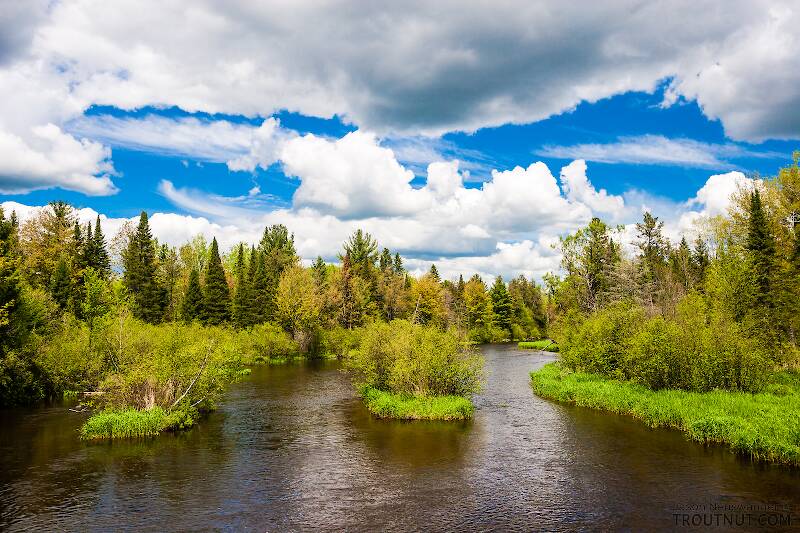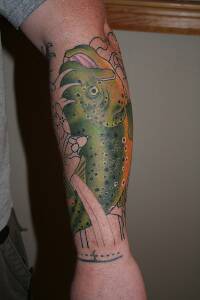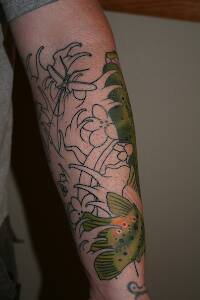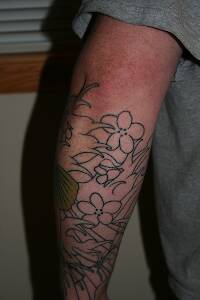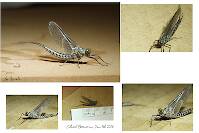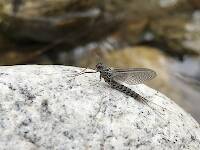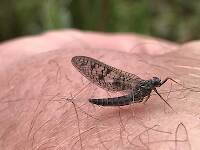
Blue-winged Olives
Baetis
Tiny Baetis mayflies are perhaps the most commonly encountered and imitated by anglers on all American trout streams due to their great abundance, widespread distribution, and trout-friendly emergence habits.
Featured on the forum

Troutnut is a project started in 2003 by salmonid ecologist Jason "Troutnut" Neuswanger to help anglers and
fly tyers unabashedly embrace the entomological side of the sport. Learn more about Troutnut or
support the project for an enhanced experience here.
By Troutnut on July 19th, 2019
My wife and I drove up to the nearest trout stream for some quick evening fishing. I hoped to put her on some fish in the pools that allowed easier casting, but they seemed oddly devoid of fish. The ones I caught were rising sporadically, tight against cover that would snag most flies and required precise presentation. Retention is allowed on this stream, so I think maybe the easy pools got fished out.
Little green stoneflies (likely Alloperla) were common in the air in this fast-water reach, and I saw several on the water too.
Little green stoneflies (likely Alloperla) were common in the air in this fast-water reach, and I saw several on the water too.
Photos by Troutnut from the South Fork Snoqualmie River in Washington
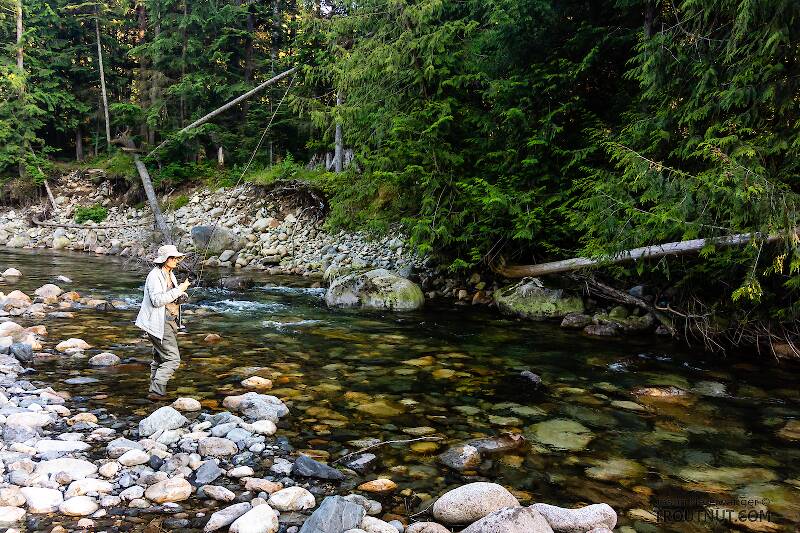
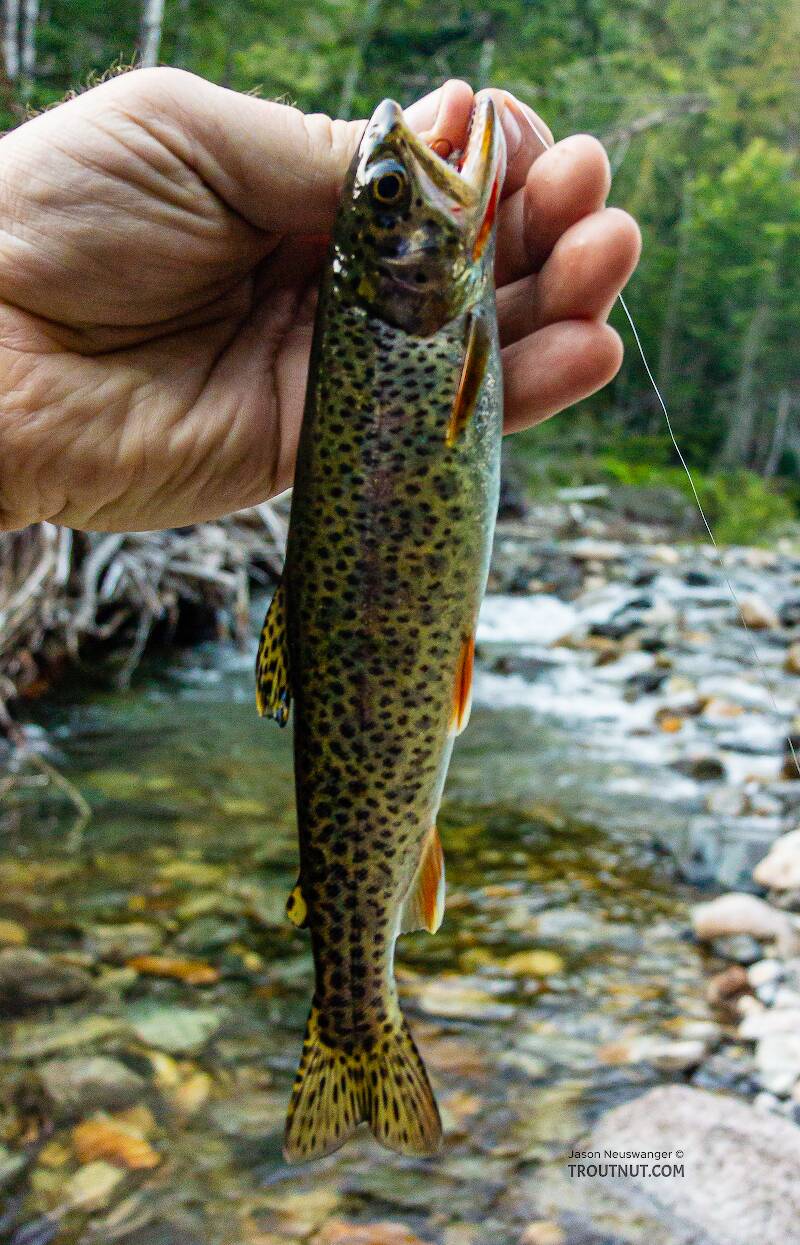
Closeup insects by Troutnut from the South Fork Snoqualmie River in Washington
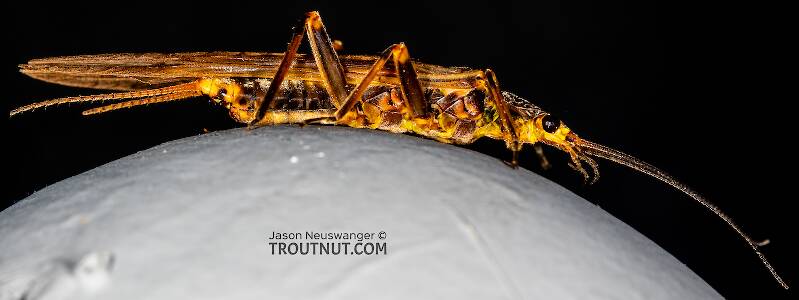
A few of these larger stoneflies were fluttering around the South Fork on an evening dominated by much smaller species.
This one has been difficult to identify. I can't spot any of the gill remnants characteristic of Perlidae, but the wing venation seems to point in that direction. I tried keying it out as Perlodidae but arrived at Isoperla, every western species of which has significantly smaller bodies than this one.
Edit: See forum comments for a likely correct identification.
This one has been difficult to identify. I can't spot any of the gill remnants characteristic of Perlidae, but the wing venation seems to point in that direction. I tried keying it out as Perlodidae but arrived at Isoperla, every western species of which has significantly smaller bodies than this one.
Edit: See forum comments for a likely correct identification.
Quick Reply
Related Discussions
Topic
Replies
Last Reply
13
Jun 11, 2019
by Sapperstyle
by Sapperstyle
4
Jun 17, 2020
by Leskorcala
by Leskorcala
Re: One of my favorite Montana views and the Madison River 
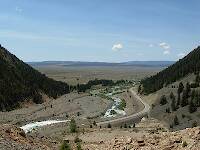
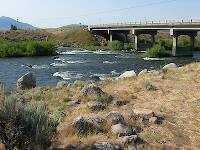
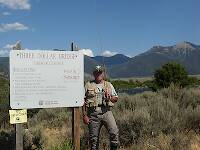
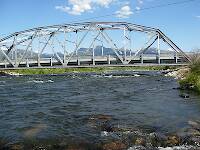
In the Photography Board by Wiflyfisher
+ 1





In the Photography Board by Wiflyfisher
16
Jan 7, 2012
by Wiflyfisher
by Wiflyfisher

